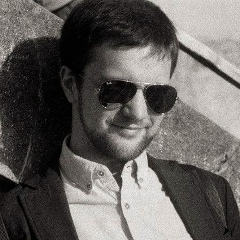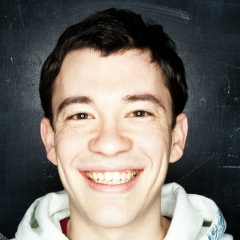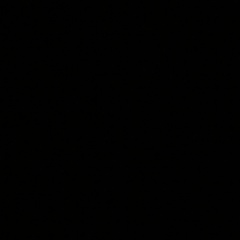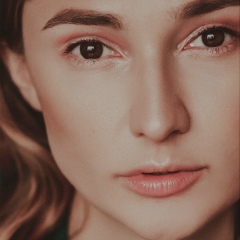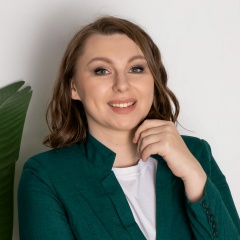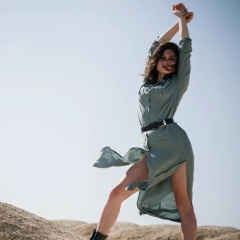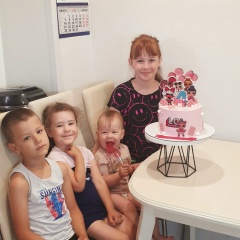О русской логике.
Тут говорят, русский язык логичнее. А попробуйте объяснить французу, почему стакан на столе стоит, вилка лежит, а птичка на дереве сидит.
Со стаканом и вилкой я тут же вывела теорию: то, что скорее вертикальное, чем горизонтальное – оно стоит; то, что скорее горизонтальное, чем вертикальное - оно лежит. Моя теория тут же разбилась о тарелку – она скорее горизонтальная, чем вертикальная, но стоит. Хотя, если её перевернуть, то будет лежать, пишет блоггер Lasana.
Тут же на ходу выводится еще одна теория: тарелка стоит, потому что у неё есть основание, она стоит на основании. Теория немедленно разбивается в хлам о сковородку – у нее нет основания, но она всё равно стоит. Чудеса. Хотя если её засунуть в мойку, то там она будет лежать, приняв при этом положение более вертикальное, чем на столе. Отсюда напрашивается вывод, что всё, что готово к использованию, стоит. (На этом месте хочется сказать пошлость.)
Но вот возьмём еще один предмет – мяч обыкновенный детский. Он не горизонтальный и не вертикальный, при этом полностью готов к использованию. Кто же скажет, что там, в углу, мяч стоит? Если мяч не выполняет роль куклы и его не наказали, то он всё-таки лежит. И даже если его перенести на стол, то и на столе (о чудо!) он будет лежать. Усложним задачу – положим мяч в тарелку, а тарелку в сковородку. Теперь у нас мяч по-прежнему лежит (в тарелке), сковородка по-прежнему стоит (на столе), вопрос, что делает тарелка?
Тут говорят, русский язык логичнее. А попробуйте объяснить французу, почему стакан на столе стоит, вилка лежит, а птичка на дереве сидит.
Со стаканом и вилкой я тут же вывела теорию: то, что скорее вертикальное, чем горизонтальное – оно стоит; то, что скорее горизонтальное, чем вертикальное - оно лежит. Моя теория тут же разбилась о тарелку – она скорее горизонтальная, чем вертикальная, но стоит. Хотя, если её перевернуть, то будет лежать, пишет блоггер Lasana.
Тут же на ходу выводится еще одна теория: тарелка стоит, потому что у неё есть основание, она стоит на основании. Теория немедленно разбивается в хлам о сковородку – у нее нет основания, но она всё равно стоит. Чудеса. Хотя если её засунуть в мойку, то там она будет лежать, приняв при этом положение более вертикальное, чем на столе. Отсюда напрашивается вывод, что всё, что готово к использованию, стоит. (На этом месте хочется сказать пошлость.)
Но вот возьмём еще один предмет – мяч обыкновенный детский. Он не горизонтальный и не вертикальный, при этом полностью готов к использованию. Кто же скажет, что там, в углу, мяч стоит? Если мяч не выполняет роль куклы и его не наказали, то он всё-таки лежит. И даже если его перенести на стол, то и на столе (о чудо!) он будет лежать. Усложним задачу – положим мяч в тарелку, а тарелку в сковородку. Теперь у нас мяч по-прежнему лежит (в тарелке), сковородка по-прежнему стоит (на столе), вопрос, что делает тарелка?
About Russian logic.
They say Russian is more logical. And try to explain to the Frenchman why the glass is on the table, the fork is lying, and the bird is sitting on a tree.
With a glass and a fork, I immediately derived a theory: that what is more vertical than horizontal is worth it; that which is more horizontal than vertical - it lies. My theory immediately broke on the plate - it is more horizontal than vertical, but worth it. Although, if you turn it over, it will lie, the Lasana blogger writes.
Immediately, another theory is put on the move: the plate is worth it, because it has a foundation, it stands on the ground. The theory is immediately broken into the trash on the pan - it has no basis, but it still stands. Miracles. Although if you shove it in the sink, then there it will lie, taking at the same time a position more vertical than on the table. Hence the conclusion that everything that is ready for use is worth it. (I want to say vulgarity at this place.)
But here we take another item - an ordinary children's ball. It is not horizontal and not vertical, while fully ready for use. Who will say that there, in the corner, the ball is worth it? If the ball does not fulfill the role of a doll and it was not punished, then it still lies. And even if it is transferred to the table, then it will lie on the table (lo and behold!). Complicate the task - put the ball in the plate, and the plate in the pan. Now we still have the ball (in the plate), the pan is still standing (on the table), the question is, what does the plate do?
They say Russian is more logical. And try to explain to the Frenchman why the glass is on the table, the fork is lying, and the bird is sitting on a tree.
With a glass and a fork, I immediately derived a theory: that what is more vertical than horizontal is worth it; that which is more horizontal than vertical - it lies. My theory immediately broke on the plate - it is more horizontal than vertical, but worth it. Although, if you turn it over, it will lie, the Lasana blogger writes.
Immediately, another theory is put on the move: the plate is worth it, because it has a foundation, it stands on the ground. The theory is immediately broken into the trash on the pan - it has no basis, but it still stands. Miracles. Although if you shove it in the sink, then there it will lie, taking at the same time a position more vertical than on the table. Hence the conclusion that everything that is ready for use is worth it. (I want to say vulgarity at this place.)
But here we take another item - an ordinary children's ball. It is not horizontal and not vertical, while fully ready for use. Who will say that there, in the corner, the ball is worth it? If the ball does not fulfill the role of a doll and it was not punished, then it still lies. And even if it is transferred to the table, then it will lie on the table (lo and behold!). Complicate the task - put the ball in the plate, and the plate in the pan. Now we still have the ball (in the plate), the pan is still standing (on the table), the question is, what does the plate do?
У записи 3 лайков,
0 репостов.
0 репостов.
Эту запись оставил(а) на своей стене Михаил Кобозев






